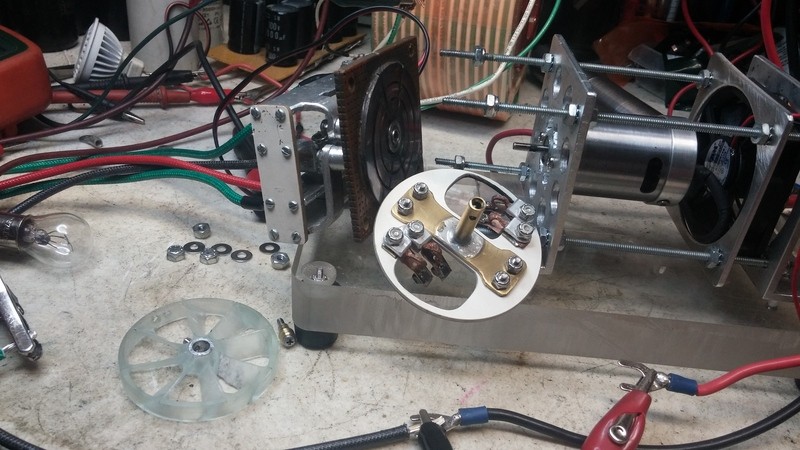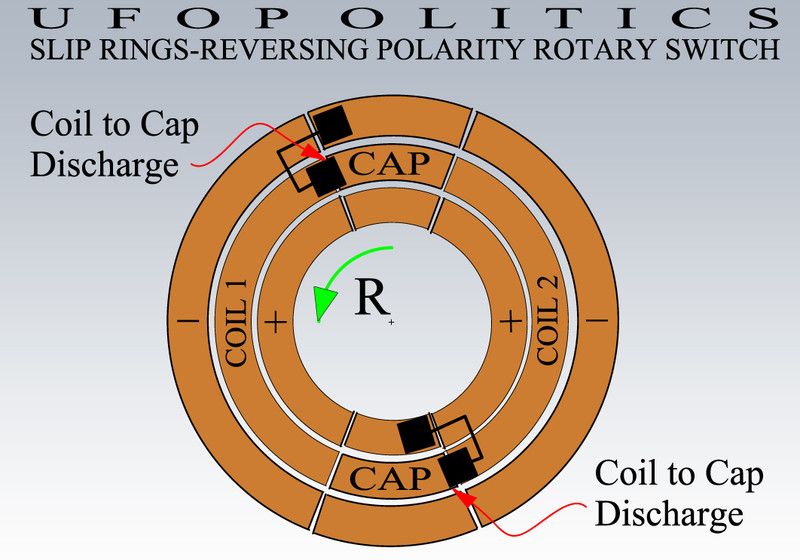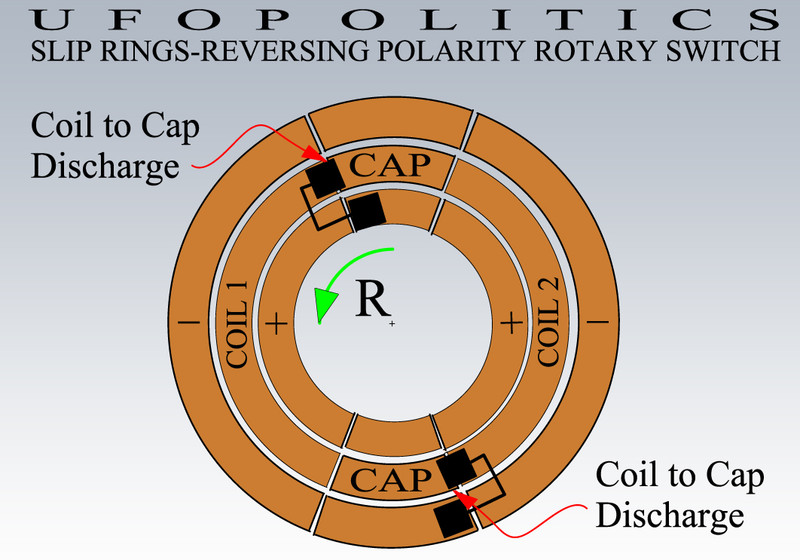Originally posted by Ufopolitics
View Post
Must admit it was a crazy test!!...switch is designed to work with DC Input, not AC, not even the mod wave...
End of electronic wave testing, back to mechanical driving.
Regards
Ufopolitics
 ), as I find them awesome!...they reduce enormous space PLUS we have at least TWO Meters in one reading Amps and Voltage plus doing the Math on Wattage...excellent for Videos since will take very reduced space on the screen
), as I find them awesome!...they reduce enormous space PLUS we have at least TWO Meters in one reading Amps and Voltage plus doing the Math on Wattage...excellent for Videos since will take very reduced space on the screen ...speaking about Wattage...is there AC and DC Wattage?...In other words, if we have AC Volts and AC Amps Watts...is that anyway comparable to DC Amps and DC Volts Watts?
...speaking about Wattage...is there AC and DC Wattage?...In other words, if we have AC Volts and AC Amps Watts...is that anyway comparable to DC Amps and DC Volts Watts? ...
...

 )
)





Comment